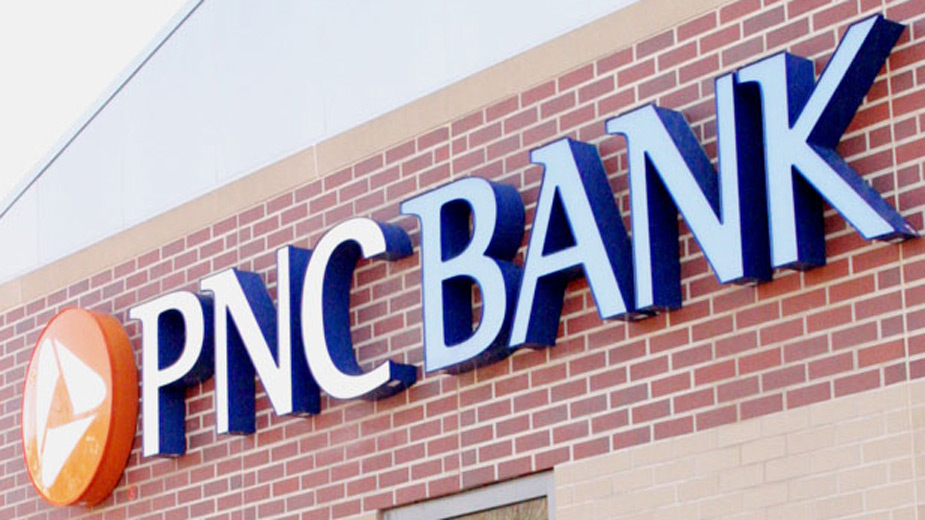Business Warms to Alternative Lenders
CLEVELAND – Because many banks have curtailed their lending to small businesses of the mom-and-pop variety, online alternative lenders see an opening and are rushing to fill a need, a report from Federal Reserve Bank of Cleveland says.
For the most part, those business owners who have borrowed from online lenders seemed pleased with their experiences but still have reservations.
The report, “Alternative Lending through the Eyes of ‘Mom & Pop’ Small-Business Owners: Findings from Online Focus Groups,” was written by Barbara J. Lipman and Ann Marie Wiersch. Lipman is a project manager for the Federal Reserve Board of Governors while Wiersch is a senior policy analyst at the Cleveland Fed.
“Online alternative lenders are reporting rapid growth and recent surveys suggest more small businesses are turning to them as potential sources of credit,” the authors begin. “These nonblank lenders offer small-dollar credit products including cash advances, lines of credit and various types of loans.”
Their turnaround time is often measured in hours or a day or two, made possible by “data-driven technologies and new approaches to underwriting, pricing, loan delivery and servicing,” they write.
But these lenders’ ability to gain access to borrowers’ credit histories and deliver funds quickly carries a price, and it’s not just paying more in interest and fees than a bank would charge.
The pair sought to learn the extent customers of alternative online lenders are aware of and understand all that’s involved and why small-business owners turn to these nonbank providers of credit.
A recent survey conducted by Federal Reserve banks indicated that 44% of small businesses that applied for credit were denied, causing them to turn to alternative lenders, with one in five saying they had applied to an online lender. Hindering Lipman and Wiersch’s efforts is that nonbank lenders are not subject to the same reporting requirements as banks.
Their key findings:
- The websites of the online lenders, while “alluring,” triggered owners’ concerns about data security and privacy.
Roughly a quarter of the 44 who participated in the focus groups had either borrowed funds or discussed terms. These owners had more favorable impressions than the three-quarters who had not, whose attitudes were “quite negative.”
Once those who had never visited the website of an alternative lender did so, “Some said they were pleasantly surprised by the user-friendliness and professionalism of the websites.” Nearly all felt a sense of unease about the extent of information sought on the websites “for marketing and underwriting” purposes. This aroused owners’ concerns about data security and their privacy, “a turn-off for participants across the board,” the authors say.
As they watched the focus groups, Lipman and Wiersch write, “participants repeatedly raised data-security and privacy concerns. Many recommended that some steps be taken to ensure the protection of borrowers’ personal and business information.”
- Where small-business owners believe they can compare banks’ rates and terms with relative ease, they found the information provided on online lender websites “difficult to compare.”
Most participants in the focus groups identified themselves as “a financial decision maker for their businesses,” which likely explains why they were comfortable with banks.
When they examined the several mock loan products similar to what online lenders offer, they described themselves as “not sure” of the costs and specific features and said “they wanted more information to make products easier to compare,” the authors say. “It is notable that even those participants who demonstrated a firm understanding of financial products recommended that [online] lenders be required to disclose specific product terms (that is, APR, fees and total costs) in straightforward and consistent language.”
- Nearly all in the focus groups wanted the online lenders to clearly state the terms, features and costs of their loans and an easier way to compare what the online lenders offer.
Asked to compare the products the online lenders offer, “some noted missing information about specific features and costs, while others did not,” Lipman and Wiersch say.
Information the small-business owners want included a standard APR, setting forth all fees that might be charged and explicitly stating their policies about prepayment penalties and late fees.
Among the seeming anomalies Lipman and Wiersch found is that many participants regard their bankers as sources of financial advice they trust but “not necessarily as a likely source of funding,” something the authors see as an opening for alternative lenders to exploit.
Few participants saw banks as “likely sources of working capital.” At many small firms, Lipman and Wiersch note, the owners seldom need to borrow working capital, hence securing such funding is “relatively high-stakes [and] complex,” thus placing them at “a disadvantage in dealing with lenders.”
Small-business owners believe the bankers they deal with are familiar with their industries and interested in their businesses, the authors report.
Besides their bankers, the participants said the Internet is a useful source of information but they also discuss their businesses with business colleagues and close friends and family.
The common concern is managing cash flow. “Uneven cash flow was a source of worry for dealing with matters ranging from the immediate – such as paying creditors or meeting payroll – to the longer term, including business promotion [and] expansion,” Lipman and Wiersch write.
Pictured: Cleveland Federal Reserve Bank.
Copyright 2024 The Business Journal, Youngstown, Ohio.


